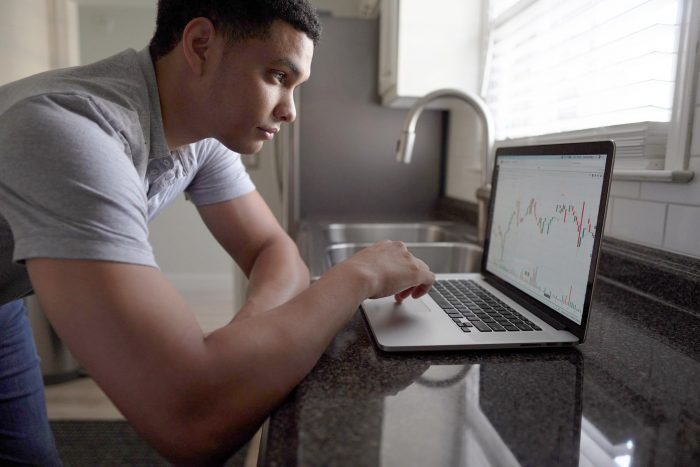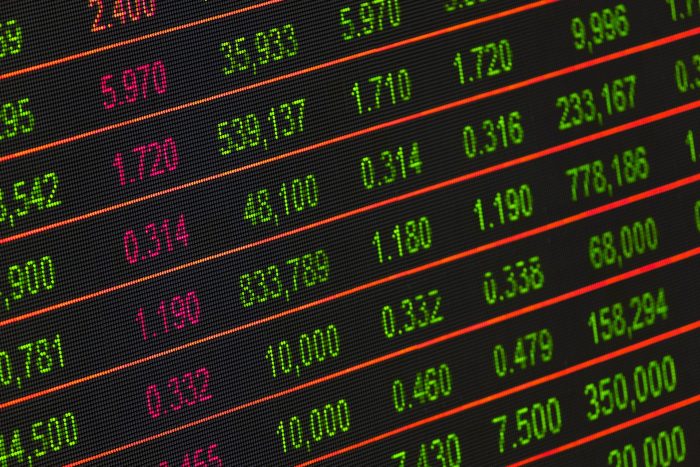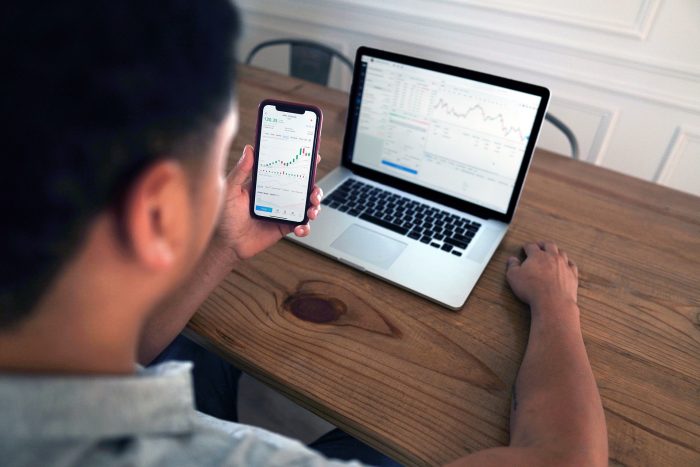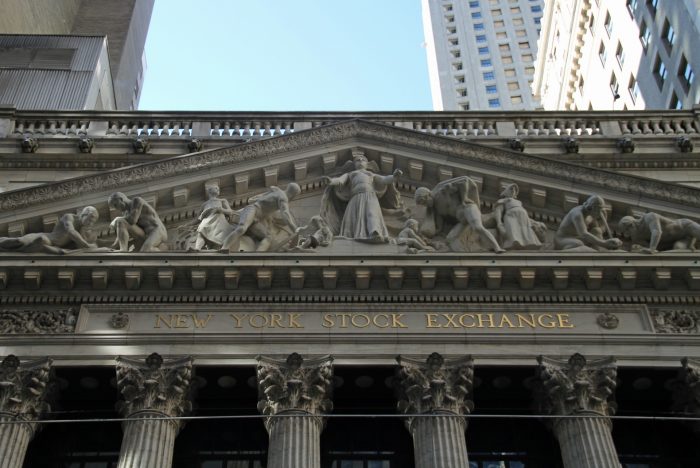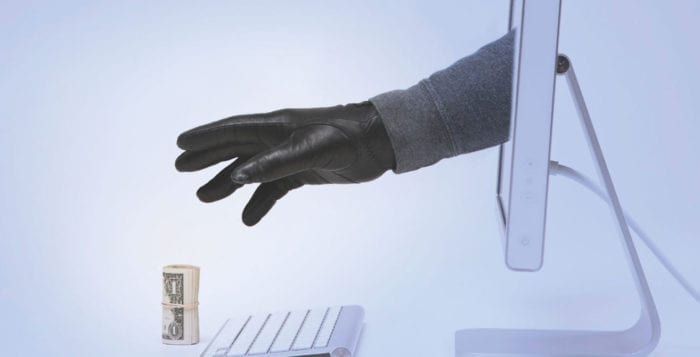By Michael E. Russell

When we were kids, Walt Disney gave us the Mouseketeers. Today Elon Musk has given us the The new Musketeers. Elon Musk has millions of followers, especially Cryptocurrency fans. There is great enthusiasm among many that envision a new Twitter which will no longer utilize selective censorship.
Some of the MAGA folks are hoping that (former U.S. President) Donald Trump will have his account reinstated. Many analysts believe that Elon overpaid for his purchase of Twitter. 44 billion dollars is surely a boatload of money. How do you bet against the wealthiest person on the planet? As a hobby, he sends a rocket into space every other week. Amazing.
Jamie Dimon, Chief executive of JP Morgan Chase is clearly in the corner of all those who believe Twitter had censored too many people. Musk made a clear statement when he walked into Twitter headquarters carrying a sink and proclaimed, “let this sink in” and promptly proceeded to fire all the executives and terminate the Board of Directors. To be continued…
If anyone cares, the stock market had an amazing month. From a low of 28,600 in early October to a close of 32,861, that is not too shabby. A gain of 4,261 points or 15%. If this continues, I will be back to even in seven months!
What does the market expect following these pivotal midterm elections?
According to historical data, stocks usually perform strongly following the midterms. Since 1962 the Standard and Poors (S & P)500 index has underperformed in the 12 months leading up to the midterms and outperformed in the 12 months following them. The S & P averaged a 16% return in the following year, more than twice the average 8% return in all the 12-month periods ending on October 31st since 1961. The strongest parallel occurred after the 1994 midterms. President Bill Clinton had to wrestle with an overwhelming Republican wave that took control of both the House and Senate.
Does this sound familiar? The Federal Reserve was engaged in a very aggressive tightening phase, roughly doubling the fed-funds rate to 6% from 3%. he similarities are striking. Democrats currently control the Executive Branch and both houses of Congress. These are not my numbers, but the political pundits see a 69% probability that they lose both the Senate and the House.
I am not writing to make a political statement, only to speak as to the potential stock market response.
Today’s world is vastly different from 1994. Back then Alan Greenspan was Chair of the Federal Reserve. He preemptively increased rates which kept the inflation rate in check. Jerome Powell may be a nice person, but he is no Alan Greenspan! Oops, sorry Dan Quayle. The market surprised everyone in October, even CNBC’s Jim Cramer.
There are many potential roadblocks ahead for the market. Putin in Russia, Xi in China and Kim Jong-un in North Korea. No nice guys in this group. For those of us senior citizens, remember U.S. Treasuries, 1-2-5 and 10 years yielding over 4.2% New York State tax free. Municipal Bonds yielding close to 5%. Please remind our local bankers that 0% interest on checking and savings accounts is not very neighborly.
Whatever the results of the midterm elections, I pray that things get better for all of us.
Michael E. Russell retired after 40 years working for various Wall Street firms. All recommendations being made here are not guaranteed and may incur a loss of principal. The opinions and investment recommendations expressed in the column are the author’s own. TBR News Media does not endorse any specific investment advice and urges investors to consult with their financial advisor.






